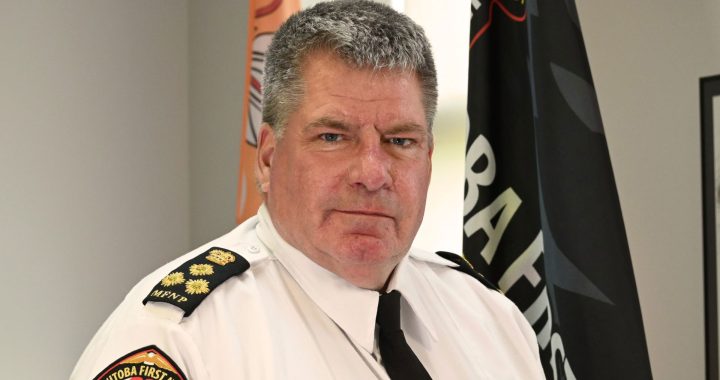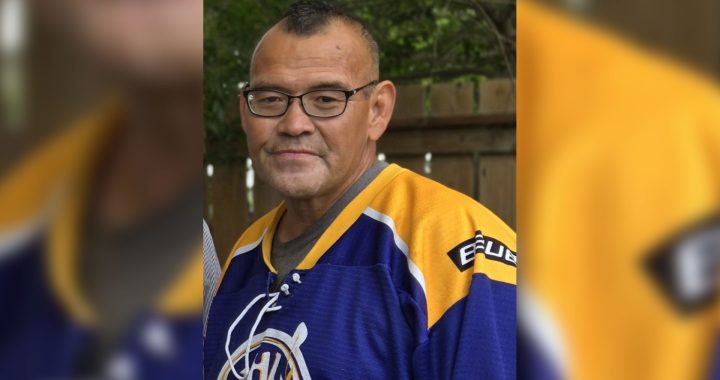Leah Hrycun has been wrestling with a mystery for much of her academic career. Hrycun’s Ukrainian grandmother used to tell her there were no Indigenous people in the part of Alberta where she grew up.
But Hrycun wondered why there were stories of First Nations and Métis families with grandfathers knowing some Ukrainian, and grandmothers passing down recipes for poppy seed cake.
To find the answer she devoted her research to uncovering these relationships and kinship connections — a hidden history often forgotten and sometimes erased.
“There’s a lot of stories about Indigenous folks reaching out to Ukrainian settlers to help them through their first winters, to guide them through the new lands,” said Hrycun, a researcher and Ph.D. candidate at the University of Alberta.
“On the other hand, I’ve also heard really heartbreaking stories about First Nations and Métis people who were shunned by their Ukrainian families.”
Over the last few weeks, Indigenous people have shown solidarity with Ukraine during the ongoing Russian invasion — which began with a full-on assault on Feb. 24 — by wearing “kookum scarves” and posting pictures online.
The scarves have come to symbolize the commonalities and cultural exchanges between the groups. Ukrainian settlers began flooding the Prairies in the late 19th century, not long after the numbered treaties were concluded.
These were the early days of the Indian Act when the racist law was at its most restrictive, assimilative and oppressive.

Hrycun told Nation to Nation Ukrainians also faced discrimination from the predominantly Anglo-Saxon community when they arrived.
“In the early days, they really sympathized with Indigenous folks because they shared a lot of the same struggles,” she said.
But as time went on — and particularly in the 1960s and 1970s during the growth of ideas about multiculturalism — the Ukrainian-Canadian population started to find its place among the country’s larger, white settler society.
“It was around that time that they really started to adopt the same mindset as the rest of settler Canada. They were part of that large group now of white settlers,” Hrycun explained.
“They often then reverted to othering Indigenous peoples, just as mainstream Canada had done.”
This adoption of the dominant colonial mentality eventually combined with a form of settler mythmaking common not just to Ukrainians but settlers across the globe. The result is displaced people displacing others.
That’s why her grandmother came to believe there were no Indigenous people in the region of Alberta where they lived — not because it was true, but because the truth had been manipulated over time.
“They created these myths and sort of benched the truth. Over the generations it got easier and easier to bend the truth,” said Hyrcun. “It was necessary for them to think that these lands were empty, to think that they were the first peoples on these lands, because otherwise you have to start considering that you are displacing people.
“And that concept, I think, for a lot of people is a very tough one to grapple with.”
Racism and taxes
Later on N2N, we discuss recent academic research that probes the links between tax talk, racism and Canadian colonialism.
Sociologist Kyle Willmott, who is Mohawk from Tyendinaga in Ontario and an assistant professor at Simon Fraser University, argues anti-Indigenous politics often come disguised as harmless fiscal concerns.
For example, he cites retired senator Lynn Beyak, who tied her controversial defence of residential schools into a 2017 speech calling for a national audit of Indigenous spending.
She then defended the speech by saying she was trying to make a point about fiscal responsibility.
“The speech that caused so much hurt and distress was actually a speech about taxes,” she told a Senate committee. “That’s my mission here in the Senate is the wise use of tax dollars.”
Wilmott told N2N there’s a broad idea that “First Nations don’t pay taxes.” Despite being a myth, he said it fuels a sense among non-Indigenous people they have a right to control Indigenous affairs.
“A lot of that stems from this kind of possessive, white colonial entitlement,” said Willmott. “It’s a form of what I would call fiscalized racism: how it is that people see and articulate racism through these seemingly neutral and objective fiscal concerns.”
Catch those interviews above, plus an update from Dr. Evan Adams on the COVID-19 situation in Indigenous communities.
Adams, deputy chief medical officer at Indigenous Services Canada, recommends First Nations exercise self-determination as provinces and territories start to loosen up.
“We’re definitely supportive of self-determination in communities. Communities can decide,” he told N2N. “If your neighbouring jurisdiction, your health authority or your province is opening up measures, it doesn’t mean you as a First Nation have to.”












